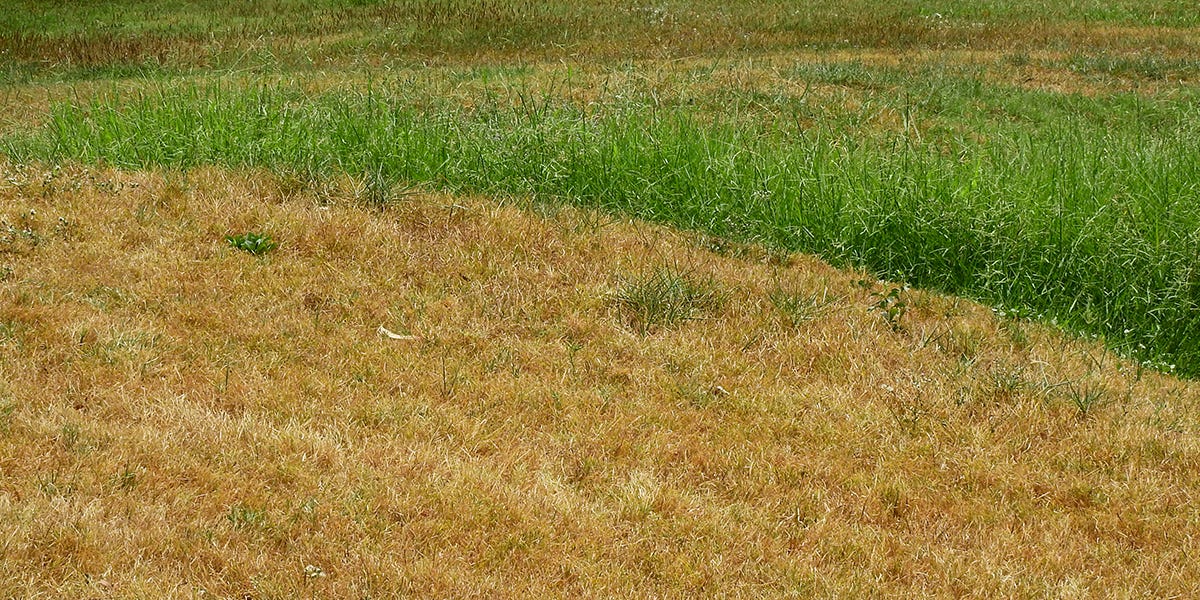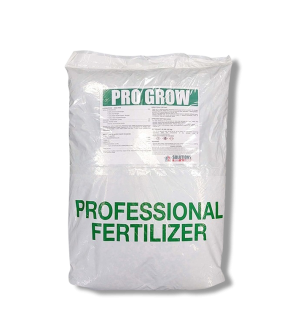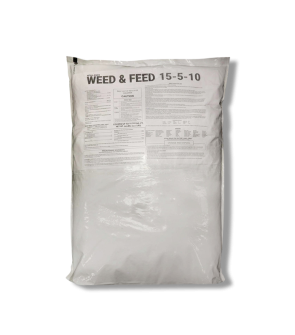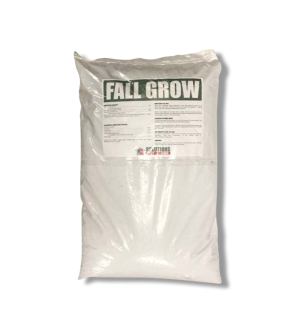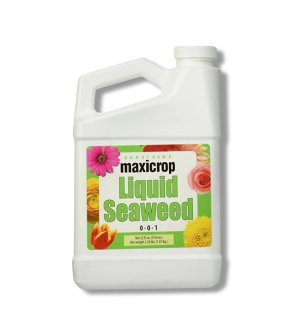How to Repair Fertilizer Burns on Lawns
Most Effective Products
How to Repair Fertilizer Burns on Lawns
This page is a general DIY guide on appropriate fertilizer applications and products. By using the products and methods suggested throughout this article you can avoid unnecessary plant damages from fertilizer applications. Follow this guide and use the recommended products or methods for a more safer fertilizer treatment within your yard decreasing the chances of burns or other damages.
While fertilizers have been used in lawns for many years, there is still the questioning of proper fertilization techniques to homeowners. Due to inappropriate fertilization techniques, over-application, lack or increase of essential turf nutrients, or fertilizer material not being watered in causes foliar burn to occur.
Foliar burn is currently one of the biggest issues associated with fertilizer applications. Although foliar burn is unsightly, there are methods suggested throughout this DIY guide to prevent and control fertilizer burn.
What Does Fertilizer Burn Look Like

Fertilizer burn in grass can have irregular stripes from possible overlapping by the way you walked across your lawn. Other signs include sporadic patches or entire sections of dried, brown, white, or yellow colored turf.
In plants, fertilizer burns appear as brown or yellowish coloration at the tip of leaves and edges of foliage.
For both grass and plant, it will have a brittle appearance with the foliage possibly limp or compacted in turf. Fertilizer burn does not always show up right away in turf. If the product is a slow-release formulation then effects can take several weeks to appear.
If unsure, then you can perform a grass tug test by gently grasping the grass blade then tug it from its roots. Limp, black roots are often the signs of over-fertilization.
How to Treat Fertilizer Burns
Unfortunately, there is no immediate fix for lawns or plants damaged by fertilizers. However, it is possible to bring your foliage back from fertilizer burns. When your foliage contains brown coloration around its edges or tips of leaves it will not turn green again, but new plant growth will occur if the steps are followed appropriately.
Remember that each plant species has different nutrient needs so a simple application of a fertilizer product does not guarantee growth. In general, plants tend to need a fertilizer application during the months of spring, summer, and fall.
Step 1: Check Plant Roots

The first step should be examining the roots of discolored or limp foliage in areas where previous fertilizer treatment was made. Gently pull a small handful of grass blades until its roots are exposed. Perform this action 2 days after fertilizer treatment and within 3 to 4 weeks as some fertilizer effects may take weeks to notice.
White, dense plant roots with long root systems suggest healthy foliage growth. Signs of these on the roots of treated foliage suggests the area needs to be watered, especially if foliage is beginning to lose its shape or slight discoloration.
If the roots are affected, the only way to solve the problem is to remove the turf or plant. We recommend reseeding warm-seasoned turf in the second half of spring to late July as this type of turf needs warmth to survive. For cool-seasoned grass, reseed in the second half of August to first half of October when the soil is still warm from summer and temperatures are cool for turf recovery.
Try to remove as much damaged foliage and product material as possible then proceed with step 2.
Step 2: Deeply Water

Another reason turf becomes burned is some fertilizer products contain salt. Although the fertilizer type and amounts vary by homeowner, excessive product applications damage lawns and plants when there is too much product on turf. Each plant species requires a set amount of nutrients and when supplied more than their normal amount causes supplied minerals to create high concretions of salt.
These high levels of salt interferes with plant growth by dehydration. Eventually, they can cause unwanted results such as discoloration, slow plant growth, and then death.
Fertilizer applications should be uniform with a single layer of product material. If there are piles of product material or more than what the plant needs then remove this product with a glove covered hand or shovel. Once its been removed, you will then flush the treated area out with a sprinkler or water hose for the next 7 days with an inch of water.
Allow the water enough time to absorb into the soil to flush out the excessive fertilizer material. We recommend watering over-fertilized areas in the early morning to provide this needed time, but to also avoid fungi and diseases from growing.
When 4 days have passed after last water application or until soil is dry collect the dead grass blades. Once these grass blades are removed you can reseed accordingly to your turf grass species.
Step 3: Mow When Seeds Become Established

When grass seeds emerge in your lawn wait until it reaches a height of 3 to 4 inches before mowing.
Adjust the blades on your mower to ensure no more than 1/3 of the grass blades is removed. This step is essential in stimulating the turf to grow thus making it stronger. Mowing also helps to remove any residing leaf or other plant residue.
Step 4: Refertilize in 6 Weeks After Seeding

Depending on the time of year and plant species, it is usually best to wait until 4 to 6 weeks have passed after new grass emergence before applying a fertilizer.
We recommend that you use a fertilizer appropriate for the season and plant species such as Solutions 15-5-10 Weed and Feed Fertilizer for spring, Solutions Pro-Grow Summer Blend 19-4-10 Fertilizer for summer, and Solutions 8-12-16 Fall Grow Fertilizer for the fall season. Each one of these products contains a granule formulation for slow-release of nutrients. Additionally, these products also contain the essential amount of nutrients for each season to promote the necessary plant growth.
For best fertilization results, examine the nutrients needs of the plant and determine if the nitrogen, phosphorous, and potassium levels are appropriate. For example, if you have turf in need of 1 pound of nitrogen during the spring season you can use Solutions 15-5-10 Weed and Feed Fertilizer. Based on the NPK ratio, this product contains 15% nitrogen, 5% phosphorous, and 10% potassium.
If there are no significant nutrient level differences then perform the application rate for your plant species on the product label.
On a similar note, ensure that no-overapplication of fertilizer is performed as this can also cause fertilizer burn. Begin by walking at a steady pace from the edge of your treatment area until the entire perimeter is treated. Then walk back and forth across the yard to cover the space in the middle. Right after application, water in the product granules with an inch of irrigation as residue can cause burn.
Preventing Fertilizer Burn

Once your lawn or plant has been recovered from fertilizer burn, you should implement some preventative measures to ensure these burns do not reoccur. These preventative measures to take is listed below.
- Fertilizer burns can be prevented by selecting a slow-release granule formulation.
- Determine the species of plant as each one will have different nitrogen, phosphorous, and potassium needs. Different proportion of nutrients will require specific application rates.
- In addition to plant species, you will also need to estimate the size of your treatment area to properly load the correct amount of fertilizer into your spreader. Left-over residue often causes homeowners to believe they did not apply enough product material causing over-fertilization. To avoid this, measure the length and width of the treatment area in feet then multiply (length X width = sq. ft.). Based on this calculation along with the nutrient needs requirement you will then load the correct amount of product into the selected spreader.
- Apply early in the morning to avoid hot, dry weather.
- Remove fertilizer buildup then water in remaining granules with an inch of irrigation.
- Reapply your selected fertilizer based on it the appropriate season. Ideally, fertilizer applications should be made once per season so in total a minimum of 3 times in spring, summer, and fall.
- Avoid overlapping fertilizer by walking at steady pace along the outside perimeter of treatment area. Then, at the same pace cover the space in the middle in a back and forth motion.
Key Takeaways
How Long Does Fertilizer Burn Last in Lawns
- Depending on the amount of fertilizer used and how many days have passed before action is taken can effect fertilizer burn rate. Immediate action needs to be taken when edges and tips of plant leaves are discolored or wilted to improve the chance of recovery.
How to Remove Excessive Amounts of Fertilizer
- If damage is seen only on the turf roots then fertilizer material can be flushed out with water over the course of 7 days, and if followed correctly become green again. However, if the damage is seen all the way to the roots then you will need to perform this water step in conjunction with reseeding, mowing, and applying another fertilizer in the appropriate time frame.
Does Slow-Release Fertilizer Burn Lawns?
- Compared to other fertilizer products formulations, slow-release fertilizer has a slightly lower chance to burn your lawn if applied right. To avoid burning your lawn with a fertilizer product then apply in the early morning. You will also need to determine the plant species nutrient needs and how much product to dispel from your broadcast spreader based on the square footage of the treatment area. Avoid multiple layers of product material by first walking around the entire perimeter of the treatment area then covering the space in the middle. Immediately after application, water in the fertilizer granules with an inch of irrigation.
